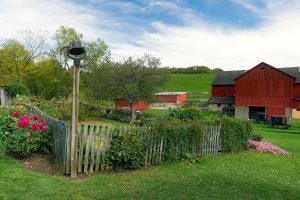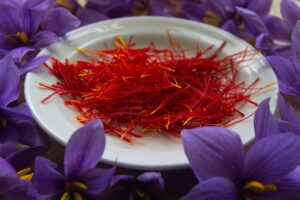In this guide, we will explore various flowers that pair beautifully with strawberries. These companions can enhance growth, improve resilience against pests, and attract beneficial insects. Let’s dive into the vibrant world of flowers that harmonize with your strawberry patch!
Sweet Alyssum
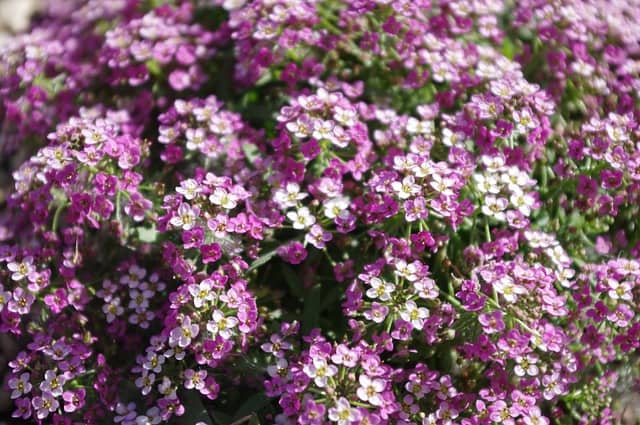
Sweet Alyssum is a charming little flower that is not just a pretty face. These tiny white, purple, or pink blossoms emit a delightful honey-like fragrance that attracts pollinators, making them an excellent companion for strawberry plants. When planted nearby, Sweet Alyssum encourages bees and butterflies to flock to your garden, ensuring improved pollination for your strawberries.
Furthermore, Sweet Alyssum’s low-growing habit helps suppress weeds, which can compete for nutrients and water with your strawberries. This annual flower thrives in sunny to partially shaded spots and tolerates poor soil conditions, making it incredibly easy to grow alongside strawberries. Furthermore, these flowers will attract predatory insects such as ladybugs, which feast on aphids, ensuring that your strawberries remain healthier and more productive.
Yarrow
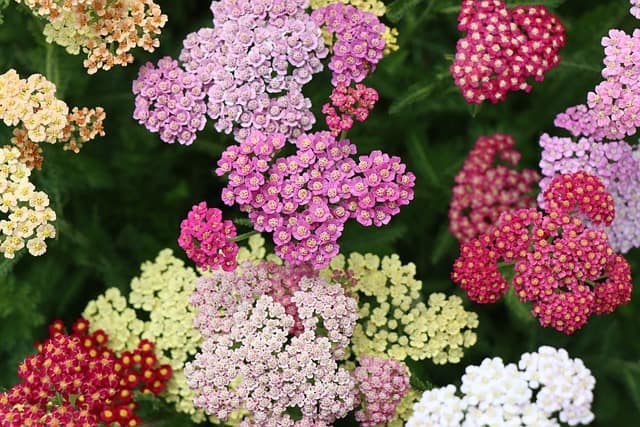
Yarrow is an enchanting perennial that offers more than just beauty. Known for its feathery foliage and clusters of small flowers, Yarrow is an excellent companion plant for strawberries because it attracts beneficial insects like ladybugs, parasitic wasps, and hoverflies—all natural predators of aphids, caterpillars, and other pests that may plague your strawberry plants.
Beyond pest control, Yarrow also improves soil health. Its deep roots help break up compacted soil, allowing for better water retention and aeration—conditions in which strawberries thrive. Yarrow’s medicinal properties can also be a bonus since it has been traditionally used as a natural remedy for various ailments, providing an extra layer of value to your garden.
When planting Yarrow with strawberries, opt for varieties that don’t grow too tall and overshadow the delicate strawberry plants. This way, you’ll enjoy both a stunning display and a lucrative strawberry harvest.
French Marigold

There’s a reason why French Marigolds have earned their spot in many vegetable gardens—they are indeed the workhorses of companion planting! Their vibrant hues of orange, yellow, and gold add a touch of joy to any garden space, but it’s their pest-repelling properties that really make them special for strawberry plants.
Marigolds release a natural chemical called alpha-terthienyl, which acts as a deterrent to nematodes and other garden pests. When planted near strawberries, they can help protect these berries from the relentless advance of pests. Additionally, French Marigolds attract pollinators and beneficial insects, creating a lively ecosystem in your garden.
Incorporating Marigolds into your strawberry patch is easy as they thrive in sunny locations, and they come in various sizes to suit small or larger plots alike. Their low-maintenance nature makes them an ideal choice for both novice and seasoned gardeners.
Borage

Borage, with its star-shaped blue flowers and fuzzy leaves, is an absolute must for any strawberry garden. This hardy annual boasts a plethora of benefits, starting with its ability to attract pollinators and beneficial insects, including bees and predatory wasps. The presence of these creatures is essential for a good yield of strawberries, ensuring your plants are adequately pollinated.
Moreover, Borage is known to improve the soil structure, as its long taproots penetrate deep and bring up nutrients from the subsoil, which can then be utilized by adjacent plants. This nutrient-boosting trait is particularly beneficial for heavy feeders like strawberries.
Borage is also reputed to deter certain pests—such as the infamous tomato hornworm—thus providing additional protection for your strawberries. Plus, its leaves are edible and packed with minerals, making Borage a dual-purpose plant in your garden.
Phacelia
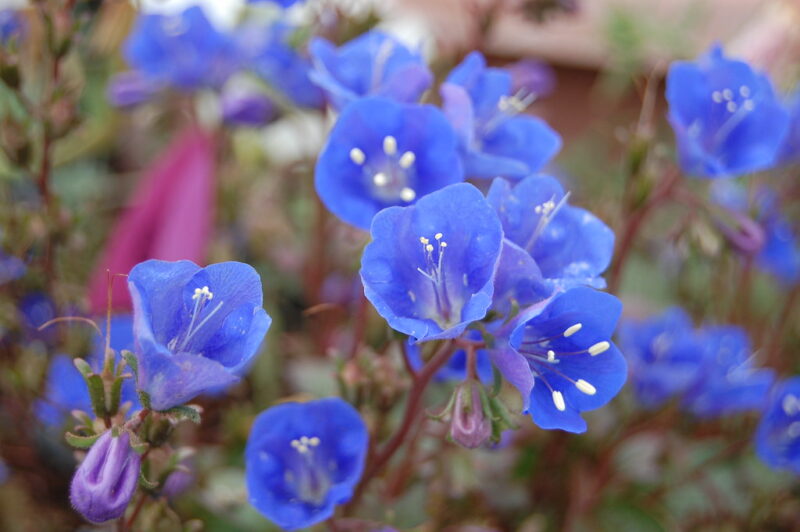
Phacelia, an often overlooked but remarkable flowering plant, can be an asset to your strawberry garden. It is renowned for attracting a wide range of beneficial insects, including bees and hoverflies, which can enhance pollination not only for strawberries but for other garden plants as well.
One significant advantage of Phacelia is its dusty blue flowers that bloom profusely. This robust plant also serves as a green manure, meaning it can improve soil fertility when tilled back into the ground after flowering. Its extensive root system helps to aerate the soil and improve drainage, creating ideal conditions for strawberries to thrive.
In the context of companion planting, Phacelia can bloom in the spring when most flowering plants are still waking up, providing nectar for early-season pollinators. It’s an excellent choice to ensure that insects are present and ready to aid in strawberry pollination when the flowers burst into bloom.
White Clover
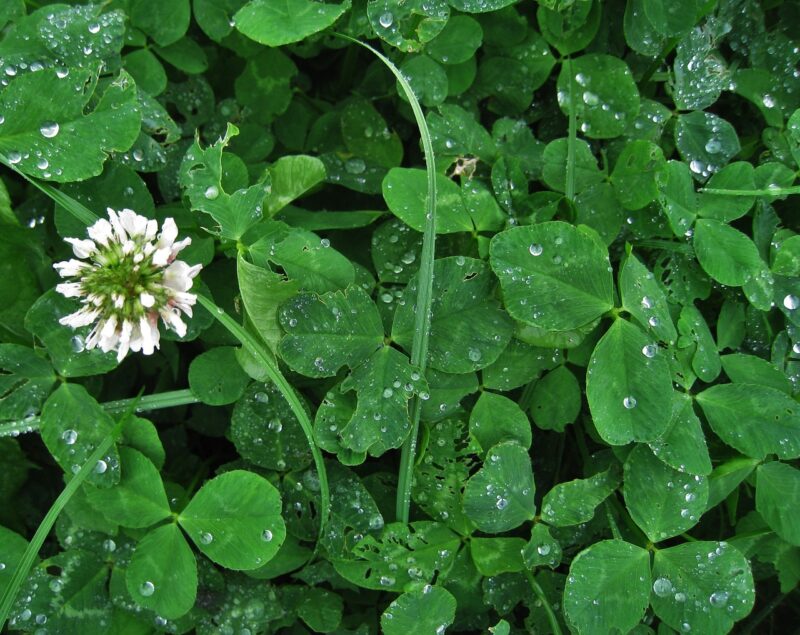
White Clover is often branded as a weed, but with its softly sprawling nature and small white flowers, it brings valuable traits to the strawberry garden. It acts as a living mulch, suppressing weeds and retaining soil moisture, which is immensely beneficial for strawberries that prefer consistent hydration.
Furthermore, White Clover is a nitrogen-fixing plant, enhancing soil quality by promoting increased nitrogen levels. Strawberries, which are heavy feeders, thrive in nutrient-rich conditions, and the presence of White Clover can significantly support their growth.
This perennial companion also attracts bees and other pollinators, which will help increase your strawberry yield. Its low growth keeps it from overshadowing strawberry plants, making it a harmonious addition to your garden layout.
Lupine
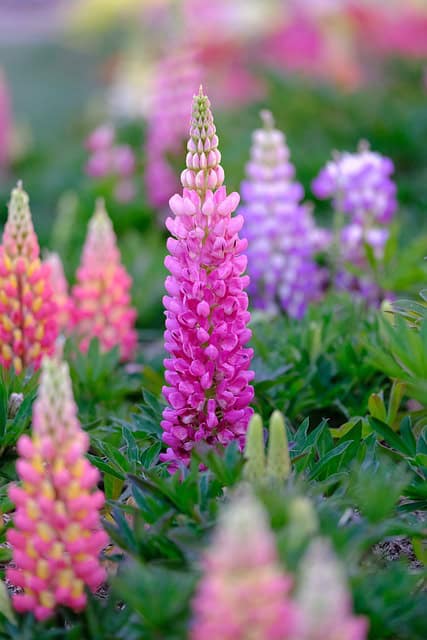
Lupines are strikingly beautiful with their tall spires of colorful flowers, making them eye-catching companions for strawberries. But this perennial plant also brings practical benefits: Lupine is known for its ability to fix nitrogen in the soil, which is particularly crucial for nutrient-hungry crops like strawberries.
By enriching the soil with nitrogen, Lupines can enhance the overall health and yield of your strawberries. Additionally, the flowers of Lupine attract beneficial guests to your garden, such as bees and butterflies, improving pollination rates for your fruit-bearing plants.
When planting Lupines, ensure they are placed at a distance where their height will not overshadow your strawberries, particularly in sunny spots where light is critical for berry production. Overall, Lupines contribute both beauty and functionality to your strawberry patch.
Nasturtium
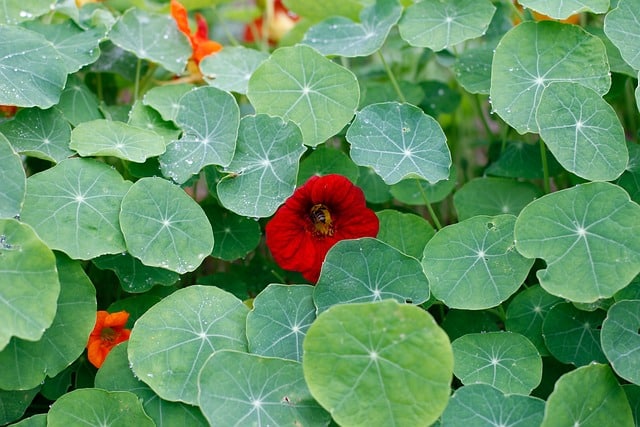
Nasturtiums are bright, cheerful flowers that deserve a place in every garden, especially alongside strawberries. Not only do they beautifully contrast the rich green leaves of strawberries, but they also serve multiple beneficial functions.
One of the standout features of Nasturtiums is their ability to act as a trap crop. They attract aphids and other pests away from strawberries, drawing them in with their vibrant flowers and leaving your strawberry plants comparatively pest-free. Additionally, Nasturtium leaves are edible with a peppery flavor, complementing salads and other dishes while adding visual interest to your garden.
Nasturtiums thrive in full sun and poor soil, which makes them ideal companions for strawberries. Their easygoing nature and lush foliage can provide protective cover for strawberries, helping maintain soil temperature and moisture levels.
Catnip
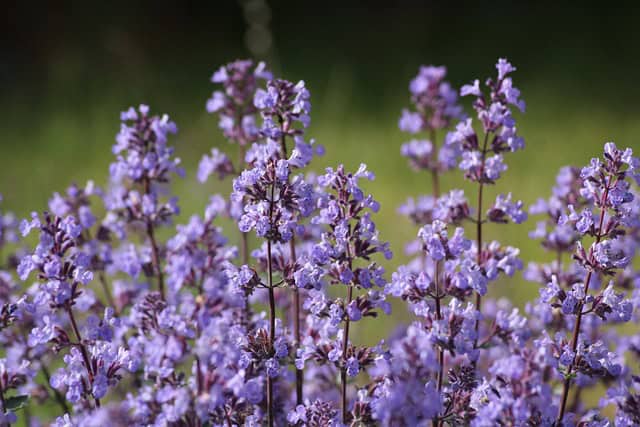
Catnip may be famous for its effect on felines, but this hardy perennial has its benefits for gardeners too! When planted near strawberries, Catnip can help repel certain garden pests, including aphids and bean beetles, thus safeguarding your strawberries from potential damage.
More than just pest deterrent, the aromatic leaves of Catnip attract pollinators, further enhancing the productivity of your strawberry plants. The presence of these beneficial insects is vital during the flowering stages of strawberries, ensuring a bountiful harvest as insects tirelessly work to pollinate.
Planted in full sun, Catnip thrives in a variety of soil conditions. Its dense form offers a low-growing cover that can help retain moisture in the soil, benefiting the strawberries surrounding it. Plus, it’s a joy to have this captivating plant in your garden, known for its delightful fragrance and lively interactions with playful cats!
Poppies
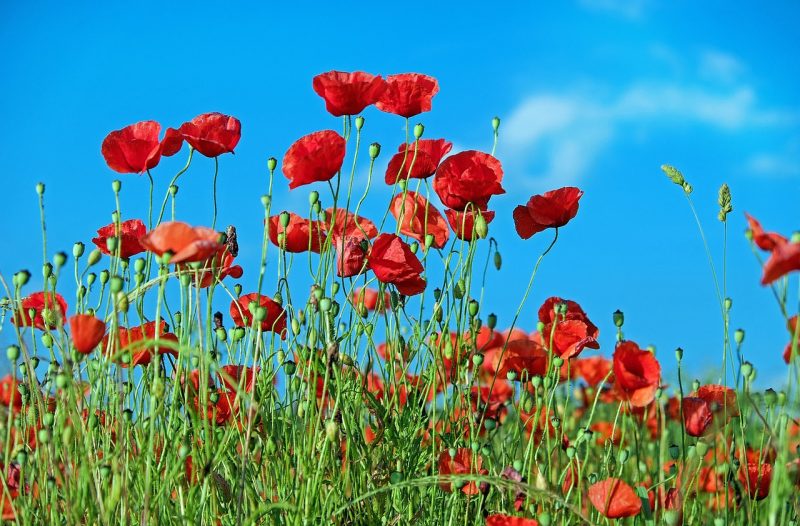
Poppies are renowned for their stunning flowers and delicate beauty. These annual plants can provide a vibrant counterpart to strawberries while offering several useful characteristics crucial for companion planting. Notably, their robust root systems can help to aerate the soil, ensuring that water and nutrients reach your strawberries more efficiently.
Poppies also attract beneficial pollinators, such as bees and butterflies, which can contribute significantly to the successful pollination of your strawberries. Additionally, they are relatively deer-resistant, providing another layer of protection for your berry plants from larger pests.
Incorporating Poppies in your strawberry garden not only adds a splash of color but also serves the dual purpose of improving the overall health of your strawberry plants. Just make sure to plant them in a sunny area where they can thrive without overshadowing the berry plants.
Chrysanthemums

Finally, we arrive at the revered Chrysanthemums. These remarkable flowers are not just autumn classics; they can also provide significant advantages when planted with strawberries. Known for their bright colors and varied forms, Chrysanthemums are great at attracting beneficial insects and repelling destructive pests.
Particularly, Mums can deter aphids, thrips, and other unwelcome visitors that may threaten your strawberries. By creating a protective buffer, they reduce the need for chemical pest controls, leading to a healthier overall environment for your strawberry plants.
Moreover, Chrysanthemums provide vibrant blooms that bring life to your garden throughout the late growing season. Their robust nature allows them to fill spaces around your strawberries, ensuring a well-rounded flower bed. Planting them close to your strawberries can maximize the benefits, fostering a flourishing ecosystem in your garden.



